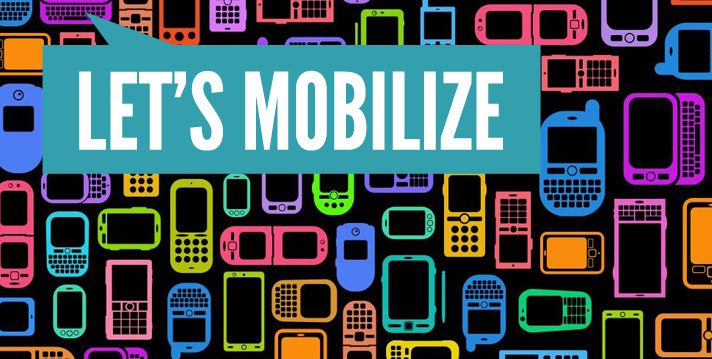Why Responsive?

There’s no doubt about it: the mobile Internet experience is booming. Mobile traffic as a percentage of all Internet traffic has grown by 1.5x each year for the last five years. In May of 2013, 15% of all Internet traffic consisted of mobile users. According to that trajectory mobile will take up 22.5% of all Internet users by next year. Of all Internet users, young adults surf from their phones much more frequently than older adults, and their influence on the market grows each year.
The lesson here is simple: if your website doesn’t look good on a mobile site, you’re going to lose your audience quickly, especially if your target market is in the 18-29 age range. So how do you get your website to look good on a smartphone? Well, you have three options for mobile design:
1. Design your site for mobile.
Keep one website, and design it to look great on a mobile device. Simple design is in right now anyway, so why not just go with it? This is a cost-efficient solution, and would be a great idea if it really worked. There are a couple problems with this option:
- Users on a desktop will notice that your site is a little too simple. There are times I look at a site and think, “wow, this would look great on my phone!” That’s not a good thing. If a user is on a tablet or a laptop, you don’t want them wishing for a smaller screen. Designing for mobile doesn’t offer a great user experience (UX) on other devices, and UX is integral to Internet survival.
- There’s no guarantee your site will look great on a mobile device. It’ll probably look good on most phones, but technology is changing so fast and new phones are being released every month. Chances are good that your site won’t look good on every phone since it wasn’t coded specifically for mobile, even if it was designed for a small screen.
2. Design and develop a separate mobile site.
When smartphone sales started taking off and people first surfed the Internet from their phones, development code was created that can track if a user is coming from a mobile device, and automatically transfer them to a mobile site. The mobile site is a separate website specifically made for phones, and gives smartphone users a better UX. Sounds great, right? It is, or was six years ago. There are some drawbacks to developing a separate mobile site that have come up:
- Loading time is slower. Because you’re essentially running two sites on the same web address, your server has to decipher what kind of device the user has (according to the IP address), then load the site that fits their device. These extra seconds may not seem like a big deal, but each moment the site doesn’t load, the more likely your user is to leave. Most mobile users expect their online experience to be either slightly slower than a desktop or just as fast. If you have a separate mobile site that loads much slower than your original site, you’ll lose a high percentage of your market, making your mobile ROI drop.
- Mobile content is less content. Developing a mobile site involves paring down your content to load quickly on a mobile device. The less content, the faster the loading time. This means you have to pick which essential messages you want to portray to your market, leaving the rest out.
3. Design and develop a responsive site.
Responsive design is a simple solution to a complex problem, and it has quickly become the industry standard for online content. A responsive site is designed to automatically respond to different screen sizes so the user has an experience that is designed specifically for their device.
Let’s say you’re looking at a responsive site on your computer (you are!). Go ahead, resize your browser window so it’s smaller; about the size of a tablet. The site still looks good, right? Now shrink it further, so it’s the size of a smartphone screen. Whoa. The experience changes. It looks like it was designed just for mobile users. Pretty awesome, isn’t it? In addition to just looking cool, there are some distinct advantages to responsive design that you may not realize.
- It loads efficiently. Because responsive sites don’t have to change urls according to device, the load time can be much quicker than other sites, even on a desktop. The code behind responsive is designed to be read efficiently, so your users don’t sit around on any device waiting for your page to load. A better experience leads to happy customers, and happy customers are what we all strive towards.
- You don’t lose any content. Because a responsive site is the same on any device, no content is lost on a mobile device, even though it loads quicker. Is your mind blown yet? Yeah, we’re excited about it, too. “But,” you may say, “I have too much content for mobile! It’ll look tiny!” Not to worry. As you saw when you resized your window, your content automatically fits to any screen, keeping a readable font size throughout the transition.
Responsive design has been around for a few years, and will soon be the expected online experience. Your customers should expect a great experience on your site, no matter what device they’re viewing it on. With great customer experience comes a greater ROI for you, and that makes everyone happy.

